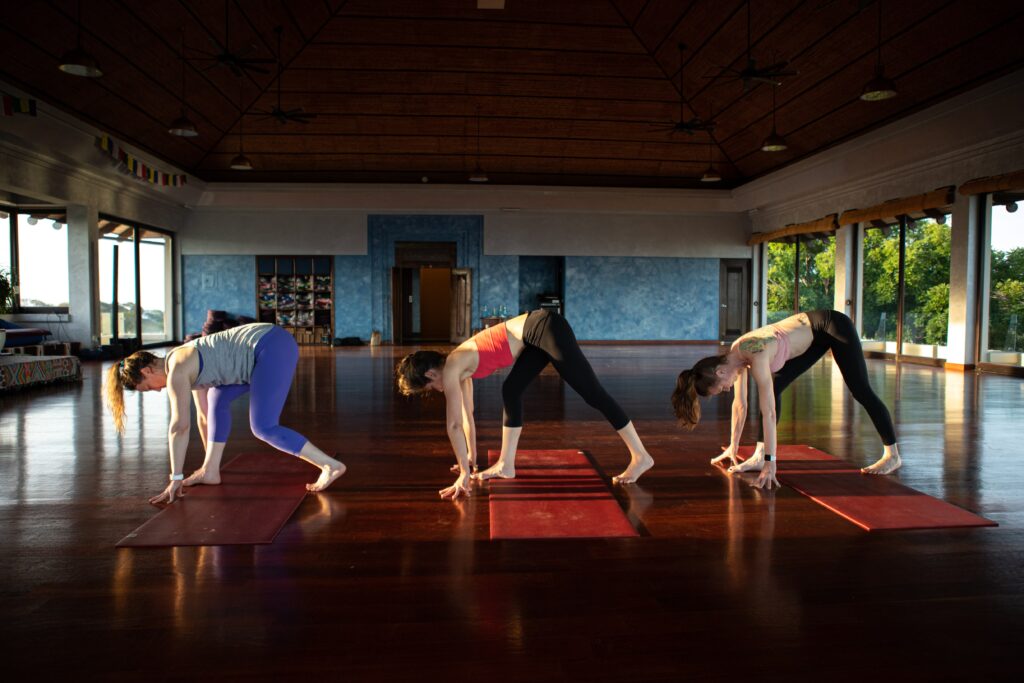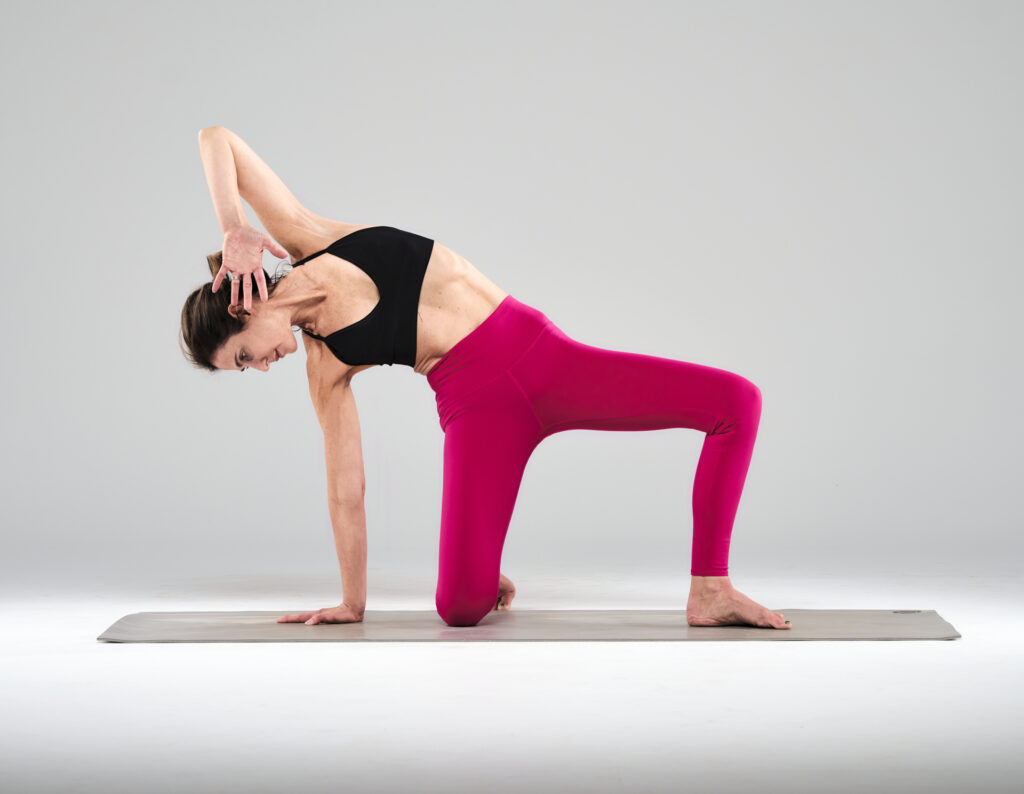I have been asked numerous times how I created LYT and in what ways is it different than other yoga or movement practices. By combining elements of physical therapy exercises, neuromuscular training, and functional anatomy with the yoga asanas and mindfulness philosophy, I believe LYT optimizes movement, breath, and nervous system intelligence in a uniquely powerful way. Over the decades of practicing and teaching movement, I am convinced that the most impactful way to improve functional movement and prevent/recover from injuries is to rewire suboptimal movement habits and then expand movement variability to access our innate physiological design. We humans are designed to move and yet, most of us were never taught how to move well. At its essence, LYT educates about the HOW and WHY of movement so that we feel more organized in our body, which helps us be more durable, energetic, and hopeful in our lives. Learning about biomechanics and tools for improving brain-body connection expands our movement literacy. By creating stronger signals of communication between the brain and body, we become more fluent and fluid in our movement intelligence. When we are more tuned into the messages our bodies send us, we hone our natural instincts to move. The heightened awareness combined with improved neuromuscular intelligence helps us pay attention to how we move and how well we move; so the effects of a LYT practice builds compound interest in its return for every system in the body.
Overall, this practice promotes better habit formation. If a full LYT class is not yet a possibility or you want to leverage the good work you do on the mat, the LYT mentality is to move well and move often. We want to build the habit of movement and make it easier and more enjoyable to get moving, so emphasizing smaller and more frequent exercise/movement breaks will accomplish both.
Moving throughout the day will help prevent stagnancy from settling into the body after being inert for a long period of time. We are a sedentary society so moving more frequently will curb the inertia of being stationary. It won’t take long to see the benefits of frequent movement once you develop the habit. Think of taking small movement breaks and help yourself by putting a timer on your phone or a note at your desk to remind you. Block out your schedule for one of our many online classes. When movement becomes a habit, you will crave it because you already know the positive feedback it produces for the body and brain.
Yoga philosophy invokes a clear and awakened consciousness, a wonderfully aligned ecosystem for change and growth to flourish. Mindfulness is the invitation and practice of paying attention with presence as often as you can. When we build our movement intelligence, boost our body-brain literacy, and rewire suboptimal daily habits, we have the best opportunity for enhancing functional movement for decades to feel LYT up in our lives!






